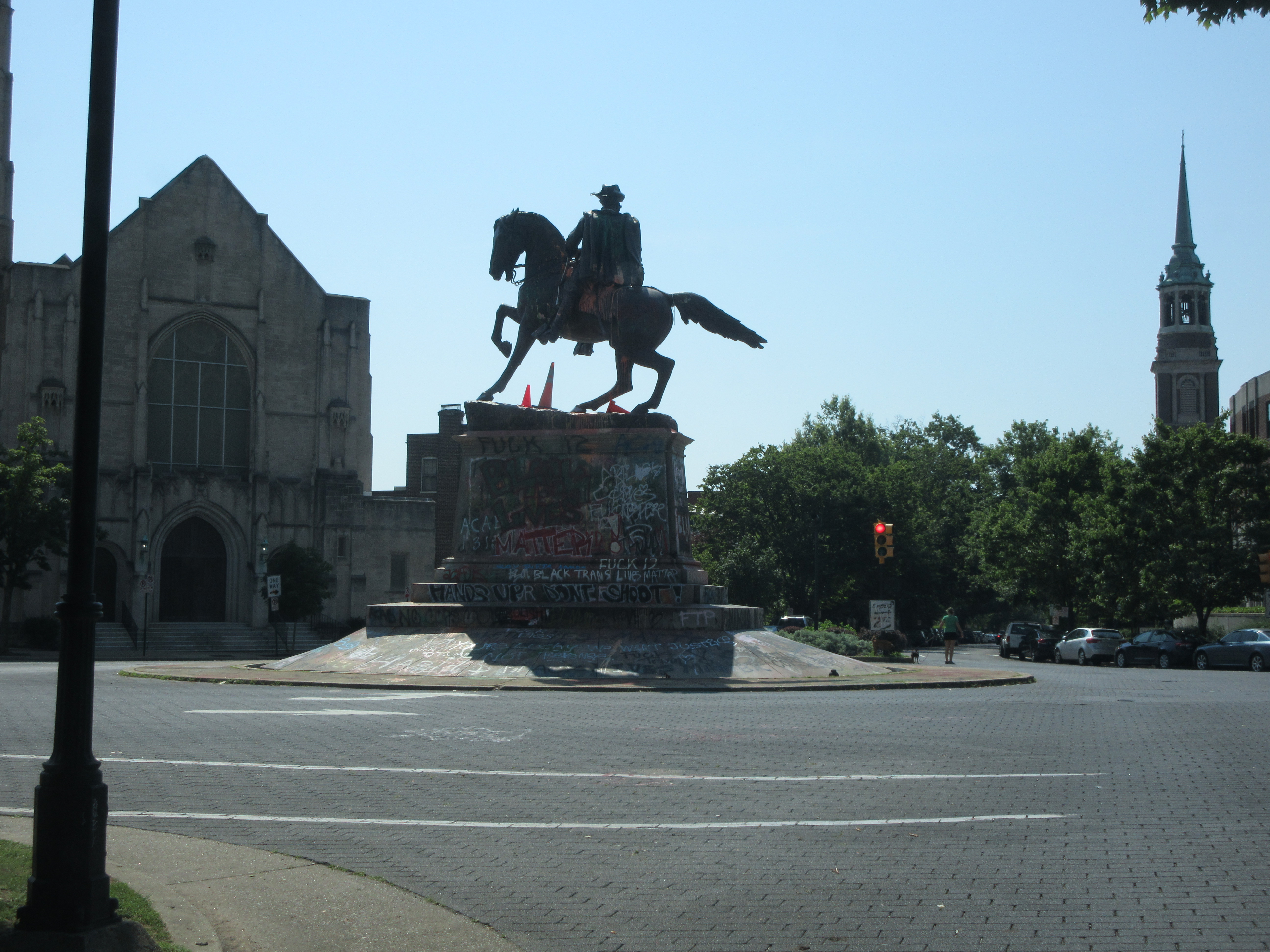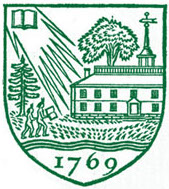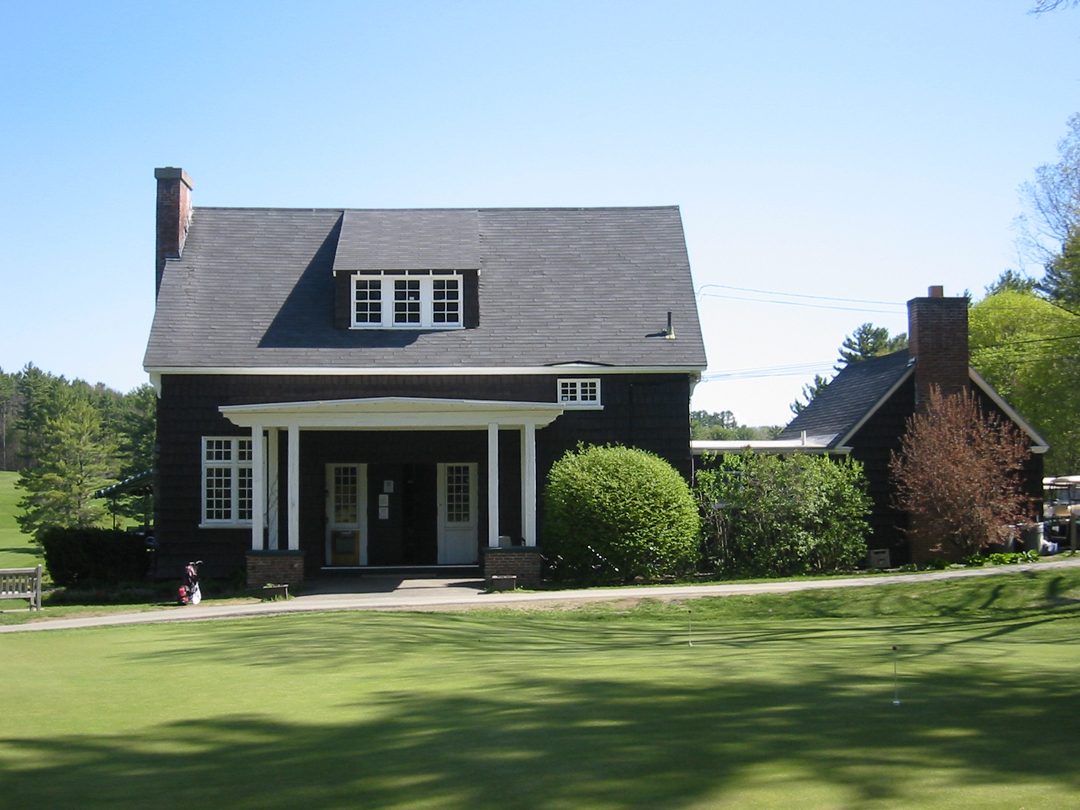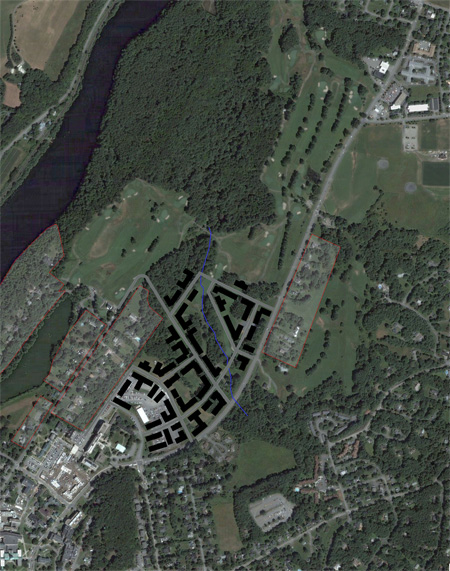Baker Tower Weathervane. The Valley News has been reporting on the petition calling for the removal of the Baker Tower weathervane and the college’s plan to remove it (see also Dartmouth News). A crane crew removed the weathervane on June 25 (Dartmouth News).
The college plans to create a replacement; George Hathorn has suggestions. The June 25 Dartmouth News piece by Aimee Minbiole states that “Vice President for Communications Justin Anderson will assemble a working group to consider designs for a new weather vane and whether other changes in iconography across the institution are necessary.” If that iconography includes the college seal with its depiction of Native Americans, one solution would be to adopt an heraldic seal based on an heraldic coat of arms.
The cascading effects of the weathervane’s deprecation are interesting. The Guarini shield, less than a year old, contains the tiniest imaginable depiction of the weathervane, but it will apparently be changing. (It is even less visible than the Indian head cane that was removed from the pre-2012 DMS shield.) The Town of Hanover is also changing its official logo, which contains a line drawing of Baker Tower that also features a small version of the weathervane. Remarkably, the Valley News story, citing Town Manager Julia Griffin, states that some variants of the town logo already render the two human figures as trees: “Griffin said via email that many of the logos in town show three pine trees on the weather vane, rather than the more troublesome figures. For now, those logos won’t be changed, she said.”
The original 1928 copper exterior of the Baker Tower weathervane is already in storage. The exterior was recreated, according to the Valley News story of June 12, as part of the tower renovation project of 2016, less than four years ago. Compare that missed-opportunity-in-hindsight to the travails of U.Va., which updated its athletics logo in April and two months later finds itself tweaking the new design to get rid of the twisted hilts of the crossed sabers. What is the symbolic significance of a twisted hilt? It is not clear that it has any independent meaning at all, but the promotional verbiage that was put out with the spring update pitched the twisted hilts as a reference to the serpentine walls that line the back gardens of the university’s original buildings. Those walls’ connection to enslavement is the prompt for the latest change.
(One would think that the bigger problem is the association with the Confederate cavalry saber — the crossed, curved cavalry sabers are much more typically seen as an emblem on a mid-19th century slouch hat than in connection with a 17th-century cavalier — but the designer of the U.Va. logo in the mid-1990s says he did not intend it to refer to the Civil War.)
Flags. A lot is going on with flags these days. Mississippi has dropped its flag and will consider the Stennis Flag among the possible replacements. The 9/11 “Freedom Flag” (spotted in the wild here) is the subject of a bill, sponsored by Reps. Spanberger and King, proposing to make it the official flag of 9/11 remembrance (WTVR News). The flag is to be flown on federal buildings from September 11 through 30 each year. Finally, CNN has a piece on the Juneteenth Flag. Maybe looking at the Freedom Flag encourages one to view every flag as a map, but the zig-zag “burst” lines on the Juneteenth Flag can also be read as the plan of a 19th-century star fort. One might prefer a version of the date that omitted the comma, but the specificity of putting the date on the flag in words is appealing.
Other symbols, including plaques. There is an official climate emergency tartan (Scottish Register of Tartans). The FCC has a new seal (see Brand New, also FCC announcement pdf). The eagle has post-Homeland Security wings; the antenna feed line, which curved realistically in the old FCC seal, is made into a rigid line of division of the shield — ouch.
Finally, because this site is always on the lookout for a rogue plaqueing, a link to Kevin Levin’s Civil War Memory post on the series of unofficial historical markers erected by activist historians on Monument Avenue in Richmond. Some of the markers apparently have been ripped up already (WTVR News). Three of the four city-owned statues of defeated rebels have been removed in recent days, and only Stuart remains. Here is a windshield snap taken yesterday; the statue is not expected to last another week. It does feel like Europe in 1989:






